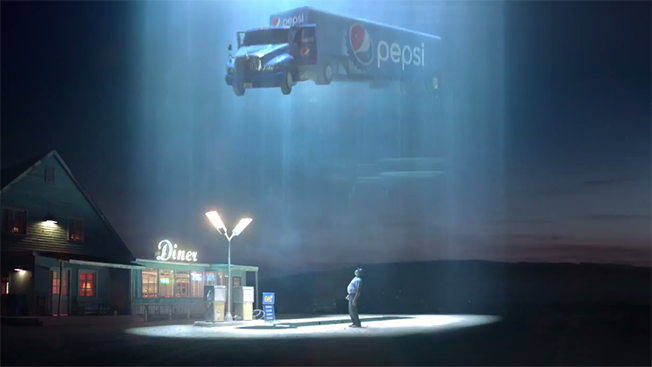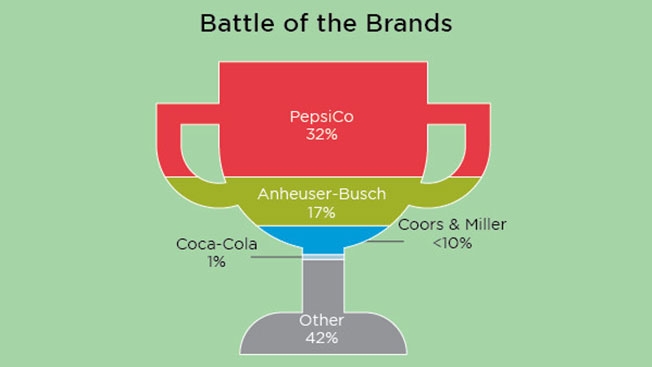Coca-Cola reported a better-than-expected profit Tuesday as it stepped up marketing and fetched higher prices for sodas in North America.
The world's biggest beverage maker has been struggling to boost global sales volume amid economic volatility overseas and an ongoing shift away from soda back at home.
To make up for weak volume gains, it's using a variety of tactics including a focus on "mini-cans" and smaller bottles in the U.S. that are positioned as premium offerings and help push up revenue.
For the quarter, Coca-Cola's overall soda volume in North America was flat, while volume for non-carbonated drinks rose 3 percent. Its "price/mix" for the region, which factors in the prices and sizes of its drinks, rose 4 percent.
"A lot of it was driven by the smaller cans, which are more premium-priced," said Kathy Waller, Coca-Cola's chief financial officer, in a phone interview.
Sales of the mini-cans alone, which still represent a tiny fraction of overall volume, rose 15 percent during the quarter, the company said. Coca-Cola is also significantly increasing marketing, including a double-digit percentage boost in media spending.
During a conference call, CEO Muhtar Kent said 2015 would be a "transitional year" as the company undergoes dramatic cost-cutting to improve results. But he nevertheless expressed optimism for growth; he noted that the average household consumes 26 beverages a day, and that only 1.4 of those are Coca-Cola brands.
To keep pace with changing tastes, Coca-Cola has also diversified and owns an array of brands including Honest Tea and Zico coconut water that better fit with prevailing health trends. It also recently began the national rollout of Fairlife, a pricier milk that promises more protein and less sugar.
Still, about 70 percent of Coca-Cola's global sales volume comes from carbonated soft drinks, according to Ali Dibadj, a Bernstein analyst.
For 2014, Coca-Cola said volume rose 2 percent, including a 1 percent boost in carbonated soft drinks. That was in line with its performance the previous year, and down from 2012.
The shift away from soft drinks in the U.S. comes amid a proliferation of options in the beverage aisle. Between 2001 and 2006, an internal study by Coca-Cola found that 30 percent of the industry's growth was driven by categories that hadn't existed five years earlier.
Soda's image has also taken a beating from health advocates at home and overseas, who blame it for fueling weight gain. In Mexico, Coca-Cola said overall volume declined by 1 percent for the quarter, although it did not specify how much soda volume fell. Performance in the country has been hurt by a tax on sugary drinks that went into effect last year.
Coca-Cola is also working on reducing costs by $3 billion a year to boost its financial results and have more money for marketing. Earlier this year, it said it was cutting up to 1,800 jobs as part of the push.
For the period ended Dec. 31, Coca-Cola Co. said it earned $770 million, or 17 cents per share. Excluding one-time items such as unfavorable currency exchange rates and expenses related to its cost-cutting plan, it earned 44 cents per share. That topped the 42 cents per share analysts expected, according to Zacks Investment Research.
A year ago, it earned $1.71 billion, or 38 cents per share.
Total revenue slipped to $10.87 billion, but beat Wall Street expectations of $10.77 billion.
Shares of Coca-Cola rose 3 percent to $42.54.








